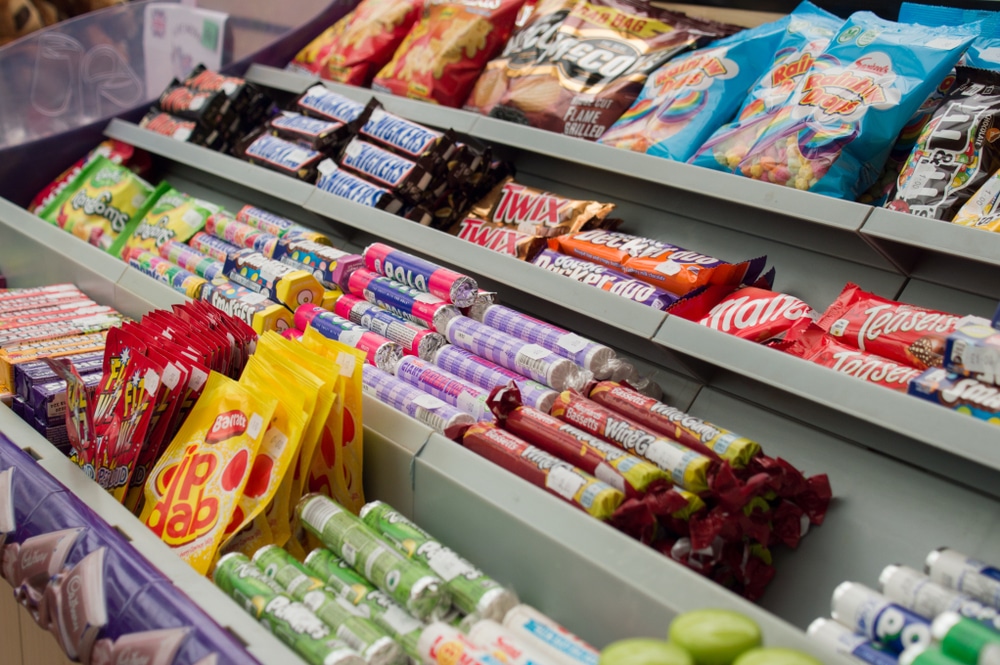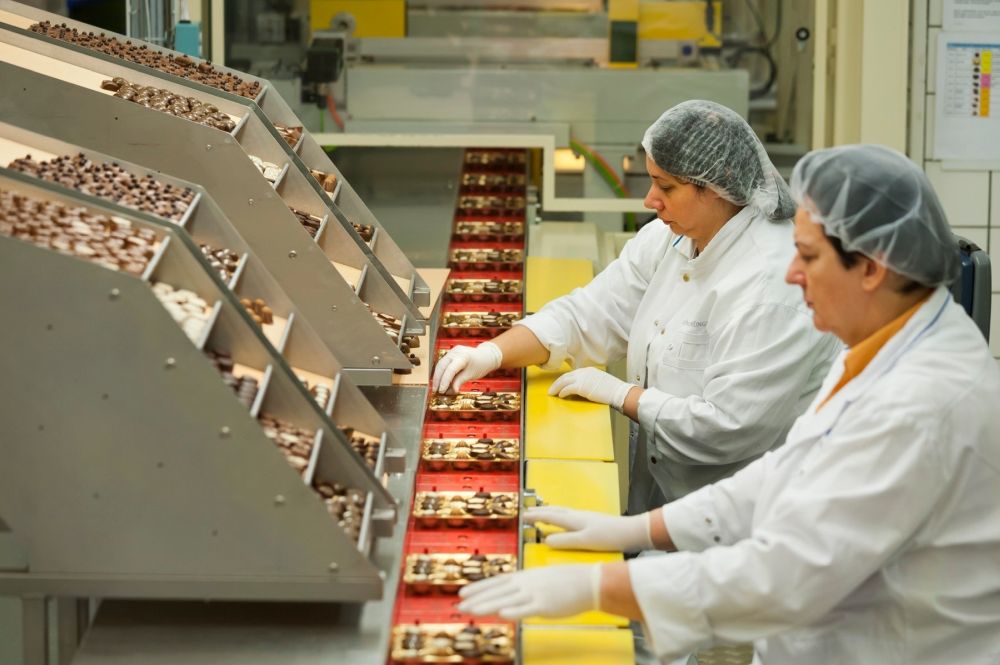In the global chocolate industry’s most severe crisis in recent memory, reminiscent of Johnny Depp’s portrayal of Willy Wonka, a dire imbalance between cocoa supply and demand is wreaking havoc. With cocoa prices soaring to unprecedented heights, chocolate lovers brace for the inevitable consequence: the likelihood of their favorite indulgences becoming increasingly unaffordable. As major cocoa processors reduce production, the challenges of weather, disease, and historical neglect in cultivation exacerbate the looming shortage.

The global chocolate industry is experiencing its most challenging period in recent memory, reminiscent of the tumultuous times portrayed in the iconic movie where Johnny Depp took on the role of Willy Wonka. The disparity between the growing demand for chocolate and the limited cocoa supply has led to a dramatic surge in cocoa prices, foreshadowing a future where chocolate treats may become a luxury for many.

Illustrating the exponential nature of the crisis, cocoa futures reached an all-time high of $8,018 per metric ton last Friday, marking a staggering 25% increase within a single week and a jaw-dropping 215% surge compared to the previous year. This rapid escalation has prompted major African cocoa processors, essential for transforming raw cocoa into usable ingredients for chocolate production, to curtail their operations due to the prohibitive costs of bean procurement.

The root causes of this crisis delve deep into the intricate ecosystem of cocoa cultivation. Cocoa trees thrive only within a narrow equatorial band, primarily in four West African nations—namely Ivory Coast, Ghana, Cameroon, and Nigeria—accounting for nearly three-quarters of the world’s cocoa output. Yet, adverse weather conditions, prevalent bean diseases, and a historical lack of investment in cultivating new trees have culminated in disappointing cocoa harvests, exacerbating the gaping disparity between supply and demand. Projections from the International Cocoa Organization indicate a shortfall of 374,000 tons in the current season, a drastic increase from the previous year’s deficit of 74,000 tons. As the industry grapples with these challenges, confectionery giants like Hershey and Mondelez have cautioned consumers about an inevitable repercussion: the passing on of elevated cocoa costs through higher retail prices for chocolate products, an unsettling reality for chocolate enthusiasts worldwide.

As cocoa prices continue their meteoric rise and the gap between supply and demand widens, the global chocolate industry faces a formidable challenge ahead. With major players warning of higher prices for chocolate treats, consumers may soon feel the pinch of this crisis. As we navigate these uncertain times, it becomes increasingly evident that sustainable solutions are needed to ensure the future availability and affordability of one of the world’s most beloved indulgences.

